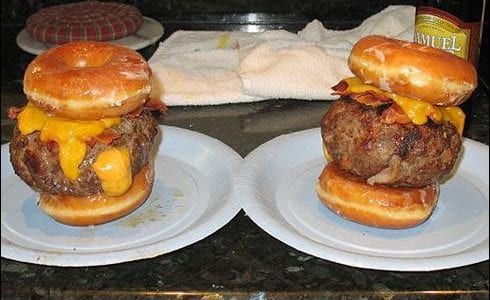by Erin Quigg – June 2015
Redefining “Hustle”
How do you measure a salesperson’s hustle? From an activity-based and CRM standpoint, is it the number of tracked phone calls, emails, and appointments in a week? What about LinkedIn InMail, Social Media, and text messaging? With the amount of different communication methods available now, does it matter what communication medium salespeople use as long as they are moving prospects through the pipeline and closing sales?
This past season we redesigned our Ticket Sales’ hustle metric by shifting the focus from activity-based performance to pipeline management. Our main objective was to let the reps sell the way that works best for them and their customers. To accomplish this objective, we wanted the reps to focus on advancing quality leads closer towards a sale, rather than hitting certain activity based quotas. Additionally, we wanted our reps to view and utilize CRM as a sales management tool and less like a simple correspondence tracking system.
Going from Quantity to Quality
[dropshadowbox align=”right” effect=”lifted-both” width=”395px” height=”” background_color=”#ffffff” border_width=”1″ border_color=”#dddddd” ]“Our new effectiveness metric has been transformational in refocusing sales reps on engaging high-quality customers and building out their pipeline rather than achieving phone call and other activity-based benchmarks.” – Jay Riola, Assistant Director of Business Strategy, Orlando Magic [/dropshadowbox]
Old Metrics:
- Phone Calls
- Completed Appointments
- Referrals
- Talk-time
- Hand-written notes
[dropshadowbox align=”right” effect=”lifted-both” width=”395px” height=”” background_color=”#ffffff” border_width=”1″ border_color=”#dddddd” ]There is a “direct correlation between effective pipeline management and strong revenue growth.” – Harvard Business Review, Companies with a Formal Sales Process Generate More Revenue[/dropshadowbox]
New Metrics:
- Completed Appointments
- Pipeline Growth through Personal Prospecting
- Pipeline Advancement
How does it work?
- Score – Each metric is weighted with a certain value. For example, a completed appointment is 25 points, a personally prospected sales opportunity is 2 extra points, and each positive movement through the pipeline is weighted by stage and product.
- Competition – Weekly, the reps compete against one another to get the highest score. The reps are then ranked, top half are winners and bottom half are losers. Over a certain period of time, the reps keep a win-loss record and prizes are given for the top performers.
Conclusion
It’s been four months since we redesigned the hustle metric and already our sales reps are better at utilizing our CRM as a sales tool. They have even started asking for more data on how to streamline their sales efforts. The Ticket Sales management team has done a great job in assisting the sales team with pipeline management by leveraging our pipeline and appointment reports. Having leadership adopt and support this new philosophy has helped the implementation and success of the program measurements as a whole.
In the end, activities are still important because those interactions are how prospects are engaged, qualified, and moved through the sales funnel; but instead of being measured on how many calls a rep can make in a week, we measure our reps on how efficient they are in closing a sale and generating revenue, which is their main responsibility at the end of the day.





 [/dropshadowbox]asking your sales team what incentives they desire most, you’re accomplishing two things:
[/dropshadowbox]asking your sales team what incentives they desire most, you’re accomplishing two things:
